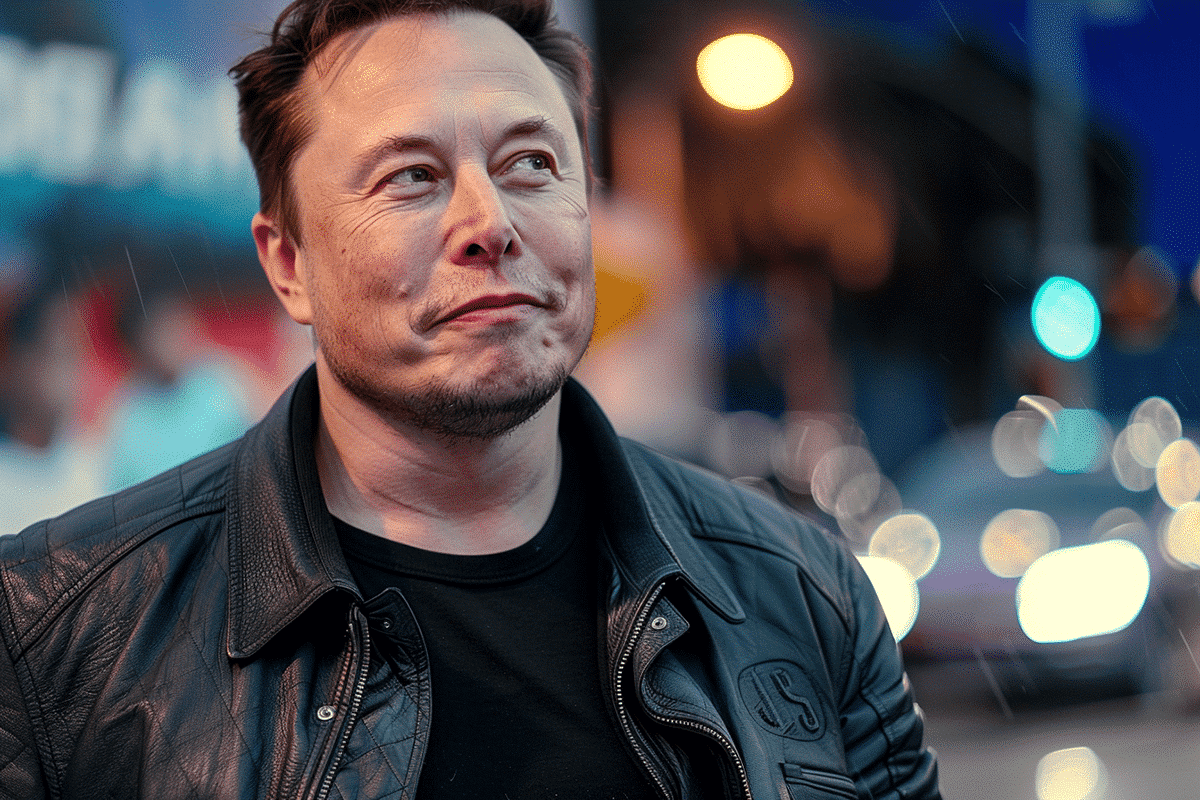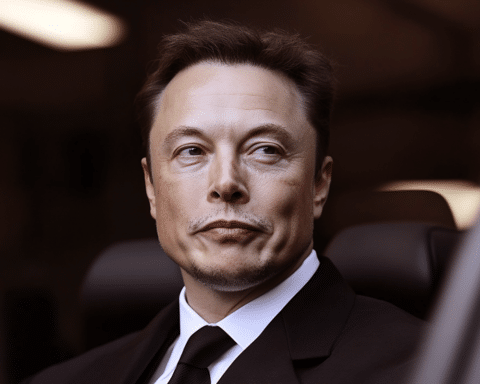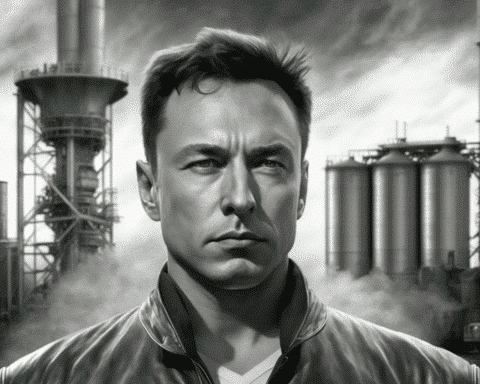Elon Musk’s vision for a Martian colony is swiftly advancing as SpaceX employees delve into detailed planning for life on the Red Planet. SpaceX is spearheading efforts to design dome habitats, create specialized spacesuits, and investigate the feasibility of human procreation on Mars. Notably, Musk himself has volunteered his sperm to aid in the colonization initiative, underscoring his commitment to this monumental project.
For more than two decades, Musk has been unwavering in his focus on reaching Mars. This long-term goal has been the cornerstone of SpaceX’s mission. Recently, however, Musk has accelerated the planning process for life on Mars, reflecting a heightened sense of urgency. He now aims to have one million people living on Mars within the next 20 years, a significant shift from his previous estimate of 40 to 100 years.
The intricate planning for a Martian city is multi-faceted. One team at SpaceX is dedicated to developing small dome habitats, meticulously considering the materials suitable for Mars’ harsh environment. Another team is working on advanced spacesuits designed to withstand the planet’s hostile conditions. Concurrently, a medical team is researching the potential for human childbirth on Mars, exploring the complex biological and environmental challenges involved.
The Boring Company, another venture founded by Musk, is also contributing to these efforts. It is preparing tunneling equipment that could be used to create underground habitats on Mars. Additionally, Musk envisions residents on Mars driving a modified version of the steel-paneled Cybertrucks produced by Tesla, his electric vehicle company.
Musk has made it clear that his accumulation of assets, including a substantial pay package from Tesla, is intended to fund the Mars colonization project. He has emphasized the necessity of establishing a self-sustaining city on Mars, which would require significant resources and financial investment.
While the feasibility of achieving a Martian colony within Musk’s lifetime is debated by experts, the ambitious timeline he has set serves to motivate SpaceX employees. Robert Zubrin, an aerospace engineer and author of “The Case for Mars,” believes that any colonization effort would unfold over several decades. Nevertheless, SpaceX’s contract with NASA, which includes sending a rocket to the moon, highlights the immediate focus and dual objectives of the company.
Musk’s fascination with Mars can be traced back to his childhood, inspired by Isaac Asimov’s science fiction novel “Foundation.” This early influence has driven his lifelong ambition to preserve human knowledge and civilization by creating a colony on Mars. SpaceX has already made significant strides with the development of Starship, a nearly 400-foot reusable rocket designed for missions to Mars. Future iterations of Starship may include living spaces, complete with amenities such as a running track and a movie theater.
The detailed planning for the Martian colony includes self-sustaining measures to ensure survival in the event that contact with Earth is lost. Musk envisions Starship serving as a modern-day Noah’s Ark, transporting plants, animals, and necessary supplies to Mars. Greenhouses will be established to grow food, and solar panels, potentially built by Tesla, will provide energy and warmth.
Many SpaceX employees are deeply invested in the Mars project, often working over 100 hours a week. The commitment to this vision is evident in their dedication and the culture at SpaceX, where employees frequently wear “Occupy Mars” and “Rocket Parent” T-shirts. The Boca Chica site, where much of the Mars planning takes place, is known for its intense work environment.
Despite some skepticism and the challenges ahead, Musk’s resolve to create a Martian civilization remains unshaken. He has set an ambitious timeline, projecting that a city on Mars could be established within the next 20 years. This bold vision continues to drive SpaceX’s efforts, pushing the boundaries of what is possible in space exploration and human colonization.




